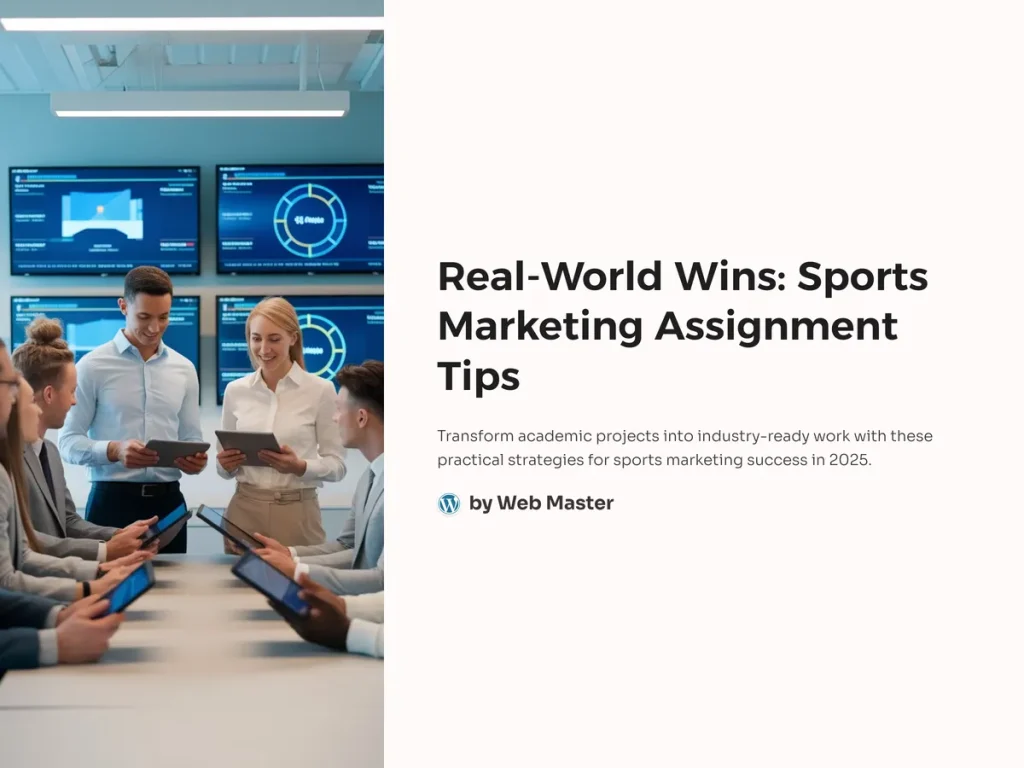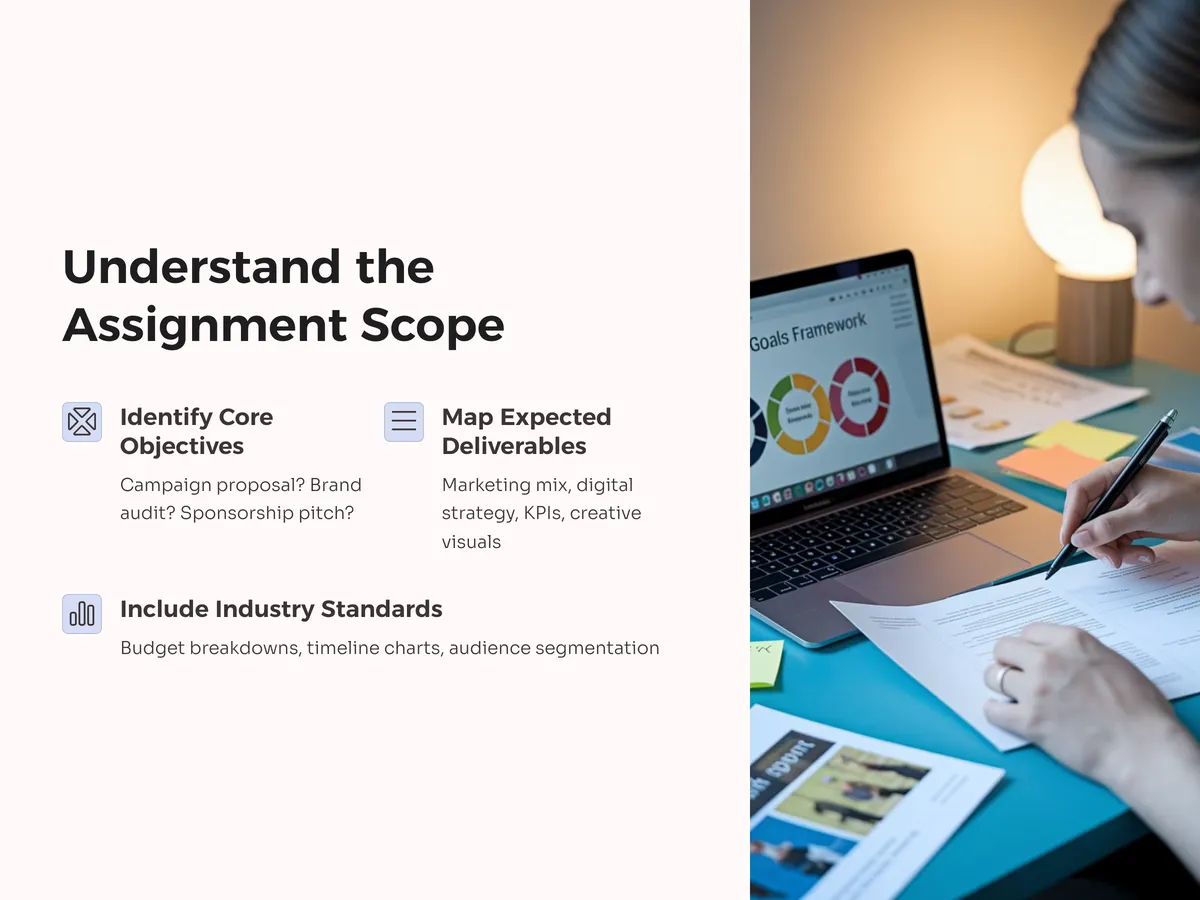 With the rise of digital transformation in sports and the surge of fan engagement strategies in 2025, sports marketing assignments have evolved far beyond theory. They now demand creativity, strategic execution, and real-world thinking. Whether you’re working on sponsorship activation plans, athlete branding, or gameday promotions, your success hinges on aligning academic frameworks with modern trends like data-driven marketing, social media virality, and immersive fan experiences. This post walks you through the key tips that can transform your sports marketing assignment into a top-tier project that not only earns high grades but also practical industry insight.
With the rise of digital transformation in sports and the surge of fan engagement strategies in 2025, sports marketing assignments have evolved far beyond theory. They now demand creativity, strategic execution, and real-world thinking. Whether you’re working on sponsorship activation plans, athlete branding, or gameday promotions, your success hinges on aligning academic frameworks with modern trends like data-driven marketing, social media virality, and immersive fan experiences. This post walks you through the key tips that can transform your sports marketing assignment into a top-tier project that not only earns high grades but also practical industry insight.
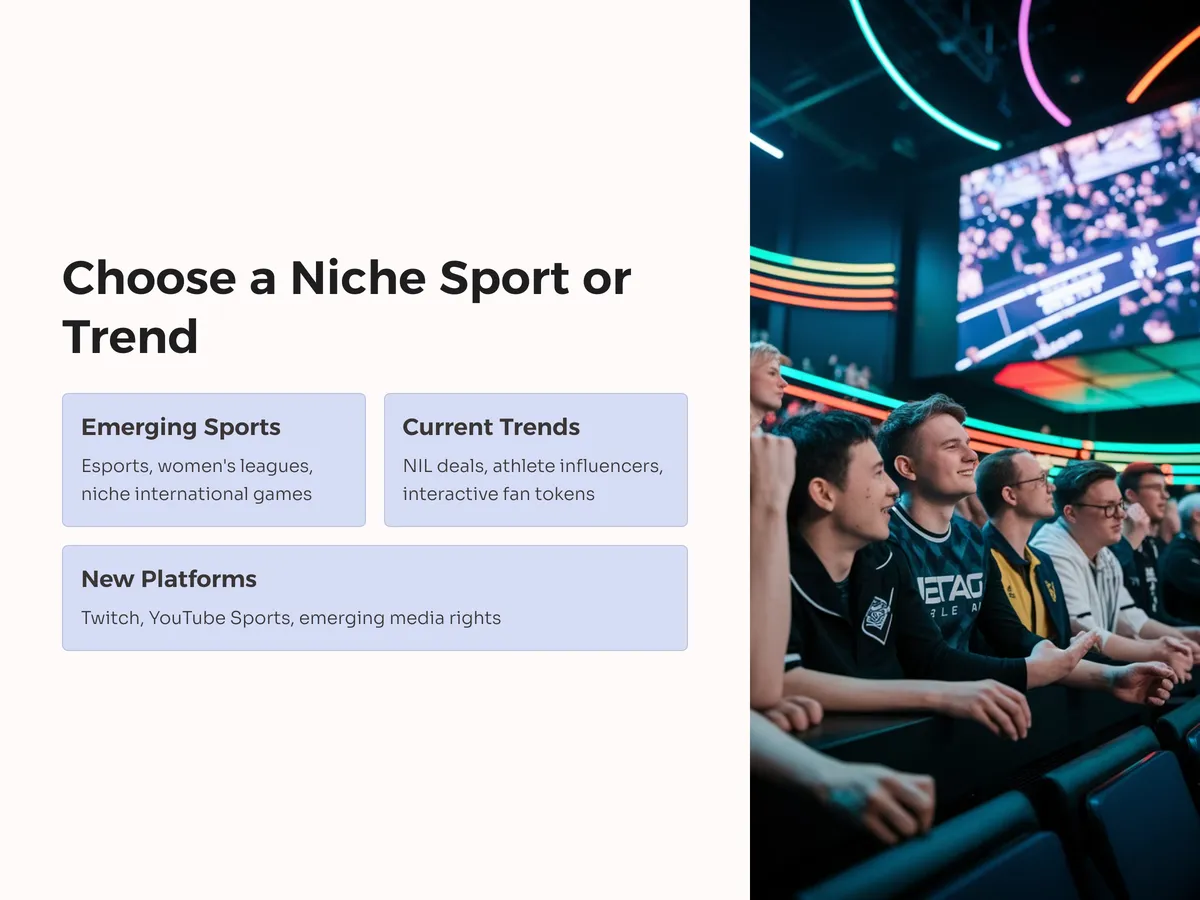
Understand the Assignment Scope Like a Pro
Before diving into execution, it’s crucial to break down the assignment’s core objectives. Is it a campaign proposal? A brand audit? A sponsorship pitch? Carefully analyze what deliverables are expected—marketing mix, digital strategy, KPIs, or creative visuals. Map your plan using SMART goals and clarify with your professor if anything’s ambiguous. Use real-world case studies to benchmark expectations and set a professional tone from the beginning.
Assignments that replicate industry standards tend to score higher. Include budget breakdowns, timeline charts, and audience segmentation. You’re not just completing a class task—you’re simulating a pitch to stakeholders. Impress with structure, clarity, and ambition.
Get Real-World Marketing Samples
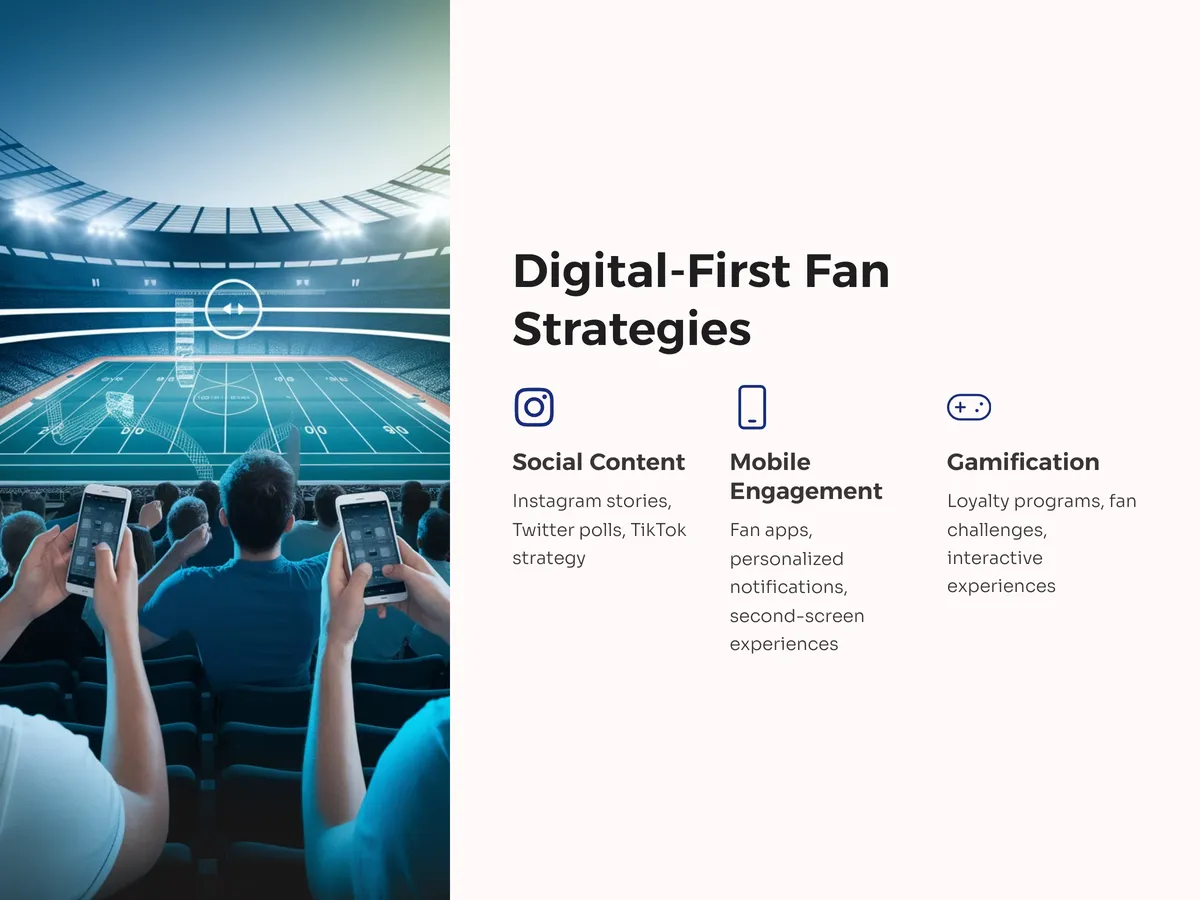
Choose a Niche Sport or Emerging Trend to Stand Out
Avoid overdone topics like soccer sponsorships unless you bring a fresh twist. Instead, focus on rising sports like esports, women’s leagues, or niche international games with growing fan bases. Trends such as NIL (Name, Image, and Likeness) deals, athlete influencers on TikTok, or interactive fan tokens can show you’re tuned into modern sports marketing dynamics.
This not only sets your project apart but gives you real knowledge to use in future internships or interviews. Show you understand the evolution of sports consumption and media rights. Case studies from emerging leagues or platforms like Twitch or YouTube Sports work great.
Explore Sports Marketing Trends

Focus on Digital-First and Fan-Driven Strategies
In today’s world, any sports marketing effort must integrate digital engagement. That means incorporating content calendars for Instagram, fan polls on Twitter/X, TikTok strategy ideas, and even AI-personalized newsletters. Your project should showcase how you’ll build loyalty, drive ticket sales, or generate social buzz through mobile and social media.
Consider creating mock-ups of Instagram stories or reels. Use Canva or Adobe Express to design assets that reflect real-life activation. Also, gamification and loyalty apps can be a great touch. Link every idea back to measurable metrics—reach, impressions, engagement rates.

Incorporate Sponsorship Activation in Detail
If your project involves sponsorship, go deep. Don’t just name a sponsor; explain how they’ll be activated. Think branded content, VIP experiences, co-branded social campaigns, and exclusive discounts. Use examples from brands like Red Bull, Nike, or emerging fintech firms investing in sports.
Detail the activation flow: pre-event teaser campaigns, on-site branding, post-event recap with metrics. This showcases strategic thinking and ROI mindset—what every brand wants. Sponsors don’t just want visibility—they want data and conversions.
Sponsorship Activation Best Practices
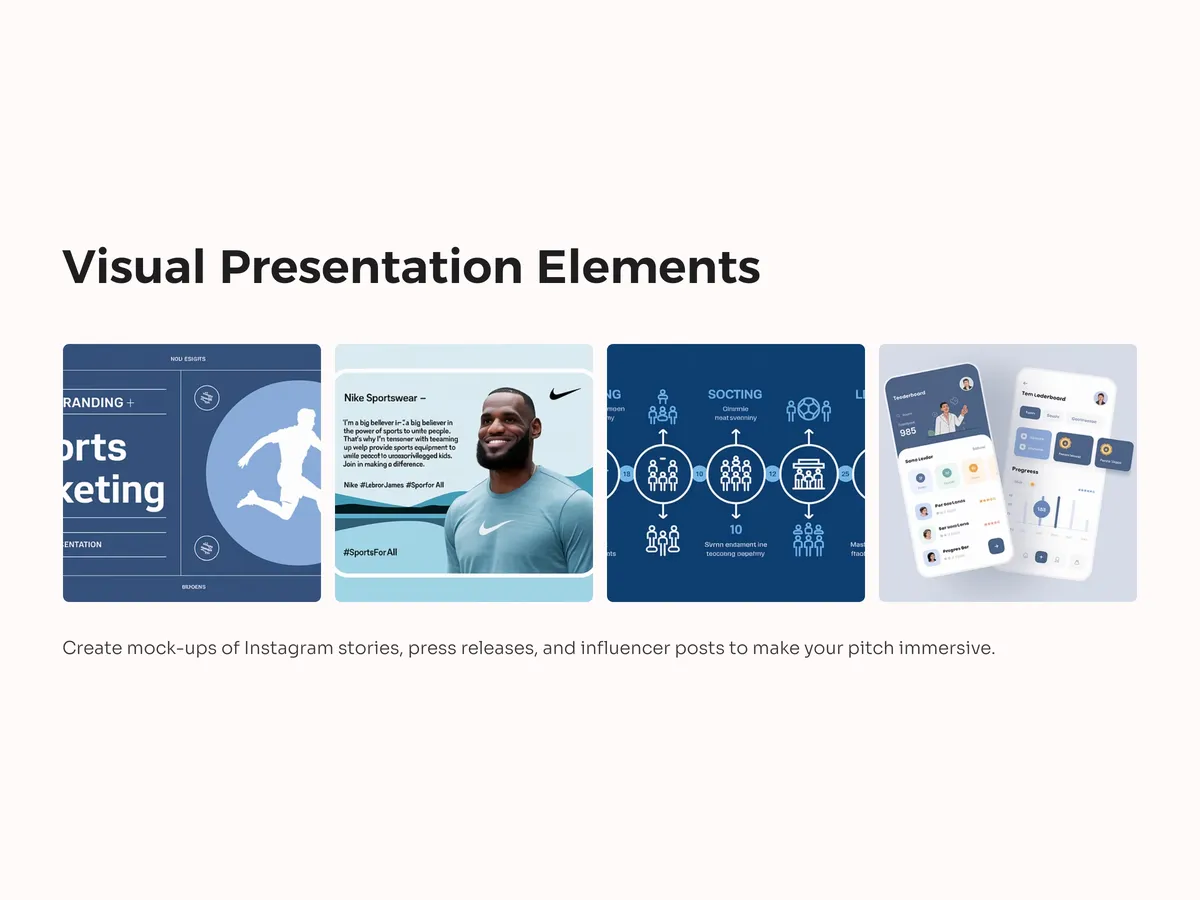
Back Everything with Data and Real Metrics
Even in a student project, metrics matter. Back up your audience targeting with stats—fan demographics, stadium attendance trends, mobile engagement rates, etc. Use public sources like Nielsen, Statista, or even team/league media kits to make your data real.
Where possible, calculate projected ROI or CPM for ad placements. Show that you can think like a marketer, not just a student. Tables, charts, and even simple visual dashboards (Google Sheets/Slides) go a long way to impress.

Rehearse Your Pitch and Include Visuals in the Report
Finally, your delivery counts just as much as your deck. Practice your verbal pitch as if you’re selling to investors. Use infographics, mock press releases, and mock influencer posts to make it immersive. If your professor allows, use presentation tools like Prezi, Canva, or a short Loom video to differentiate.
End with a clear call to action—what you want the “client” or professor to do. Whether it’s greenlighting the campaign or exploring your digital plan, be persuasive. Keep visuals brand-aligned, and ensure your language is confident, concise, and insightful.
Find Visual Templates for Your Deck
Conclusion: Think Like a Sports Brand, Not Justsports marketing assignment a Student
The best sports marketing projects mirror real-world strategies. They’re well-researched, visually compelling, and speak the language of brand partnerships, digital media, and fan engagement. Approach your assignment as if you’re pitching to Nike or the NFL—use that mindset, and you’ll not only ace the course but gain insights that shape your career.
*Capturing unauthorized images is prohibited*
